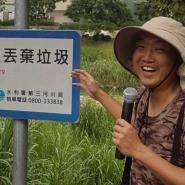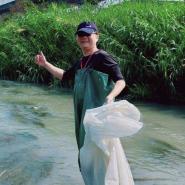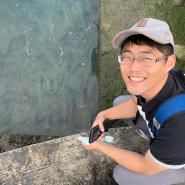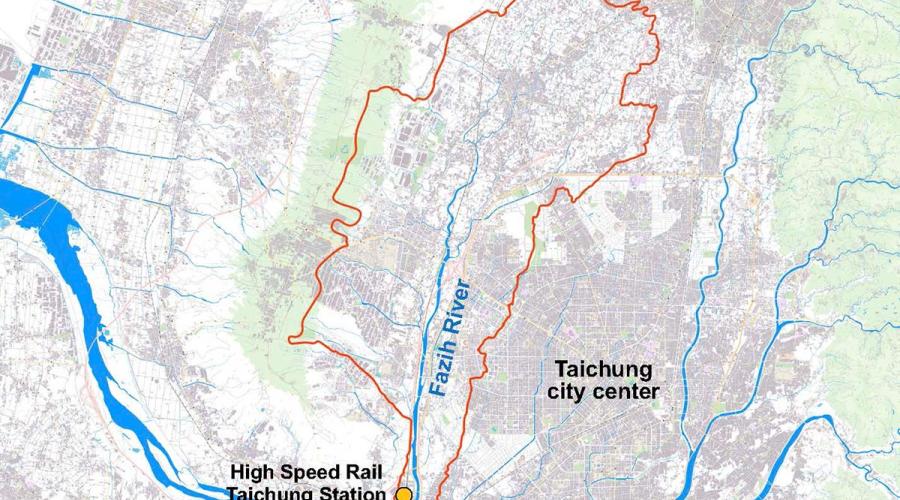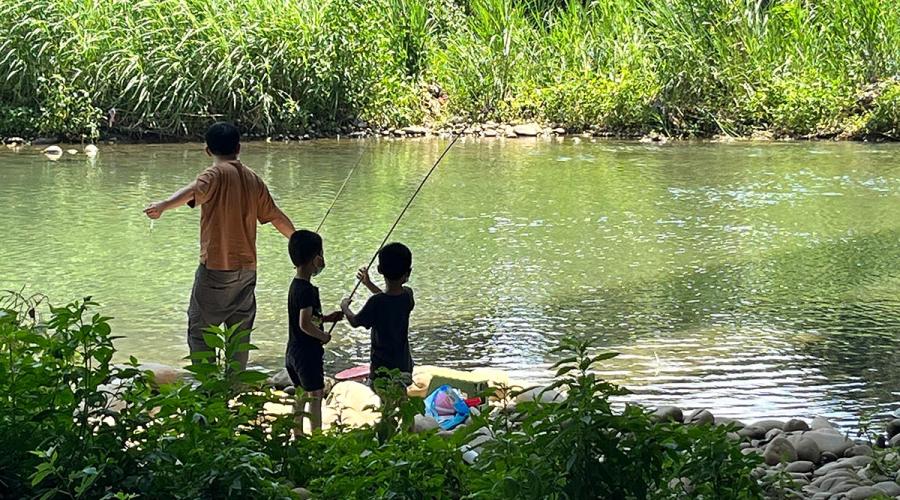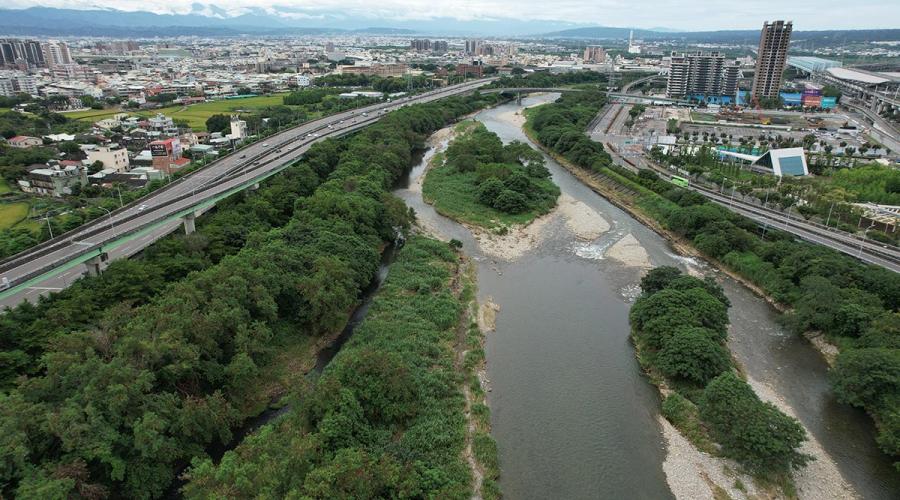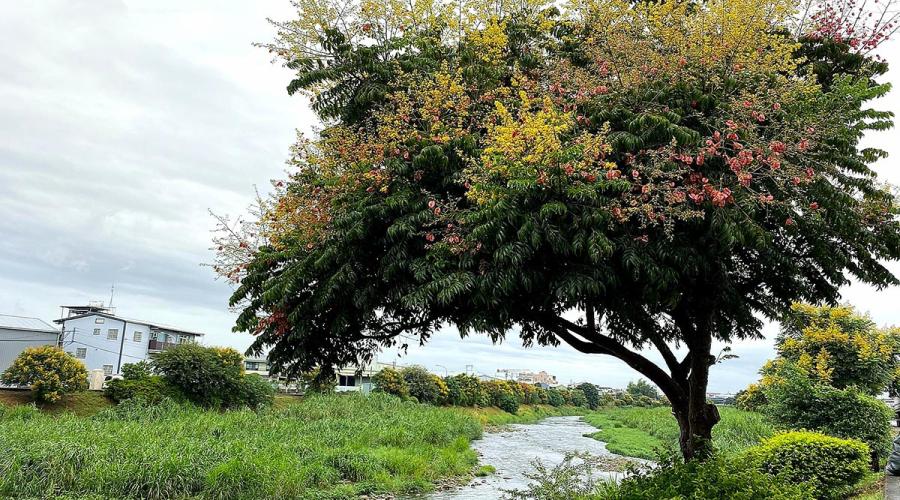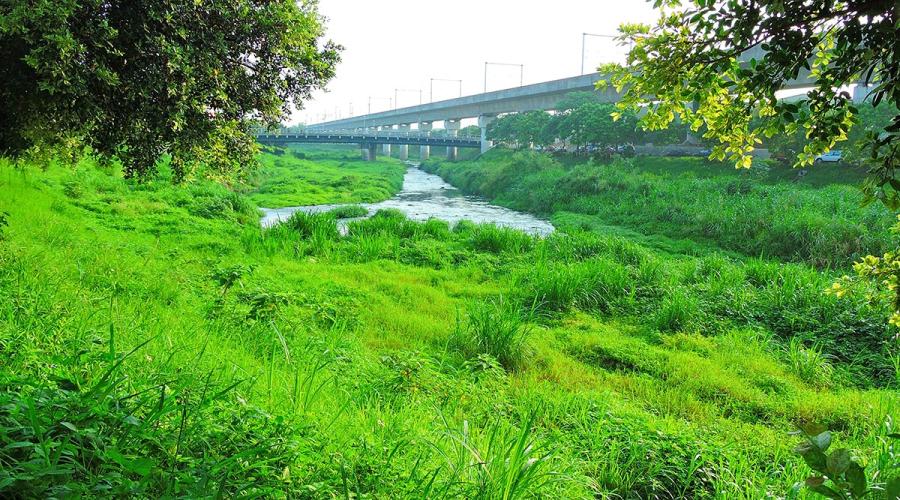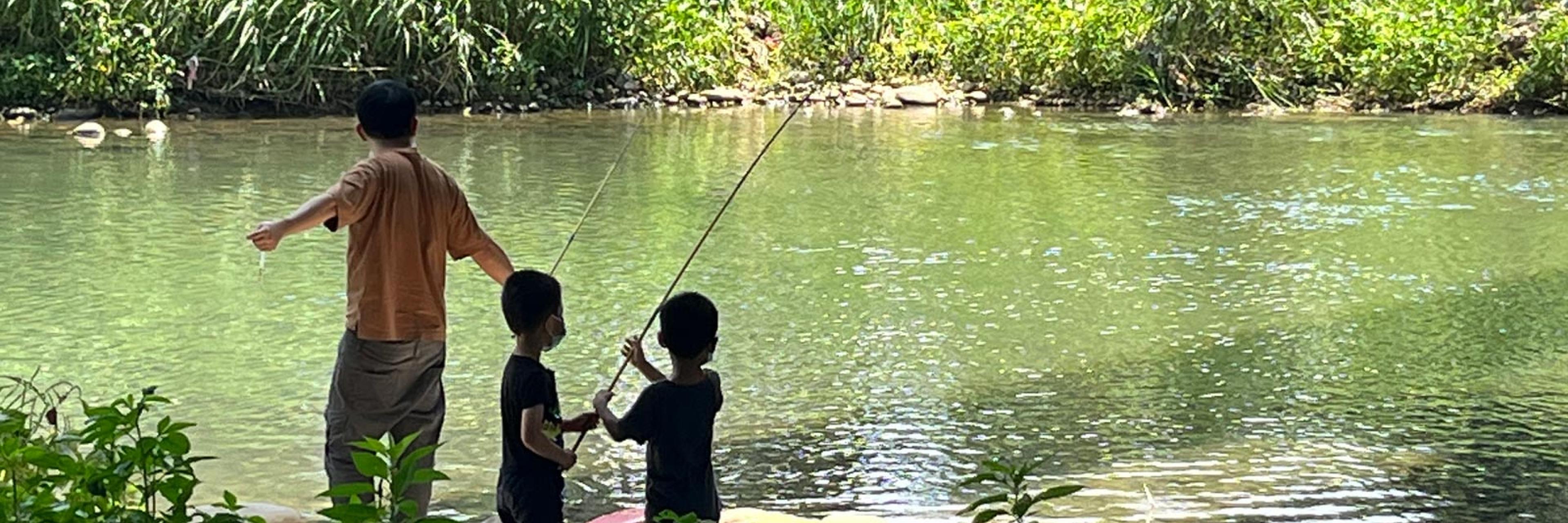
Envisioning the Fazih River as an urban national park
Rationale
The Fazih River currently suffers from three problems that affect its health:
- Wastewater discharge: Taichung City still has a very low sewer connection rate (22%), and most of the domestic wastewater (grey water) of the city ends up discharging into streams and rivers untreated. Direct wastewater discharge particularly affects the tributaries, which are relatively small. The Taichung City Government has been working on increasing sewer connections; however, progress has been slow.
- Illegal garbage dumping: As citizens in Taiwan are required to pay for garbage disposal, dumping garbage along certain hidden spots becomes a convenient alternative. Several locations of the Fazih River’s small tributaries have become hotspots of such illegal dumping. After heavy rain, the high flow would flush the garbage into the Fazih River, eventually making its way to the ocean.
- Geomorphic alteration: The Fazih River has been fully leveed against a 100-year flood. A portion of its natural floodplain is preserved between the levees; however, the tributaries are heavily channelized with steep concrete embankments. Besides the vertical barriers of levees and embankments, there are several water intake weirs that disrupt flows, forming horizontal barriers that disrupt flows. Moreover, both the Fazih River and its tributaries are subject to periodic dredging and vegetation clearing to maintain flood capacity and for “visual orderliness”.
Strategy
Our project’s overall objective is to make the Fazih River an “urban national park” by 2030 by the following three strategies that address the three problems facing the Fazih River. The following strategies involve both ecological and social aspects that are required to ensure a successful river revitalization project of a tightly coupled human-natural system.
- Restoring the river’s self-purification capacity: As the process of sewer connections is inevitably slow, the river must possess self-purification capacity to help treat the pollutants. Our focus will be particularly on the tributaries because they have been heavily channelized and periodically dredged such that it is difficult for riparian and instream vegetation—which plays a key role in self-purification water purification—to establish.
- Reducing instream garbage: There has been a plan to install barriers in the tributaries to intercept garbage into the mainstem; however, this does not address the root problem. Better environmental education to prevent illegal dumping is needed. We aim to reduce such behavior by engaging local communities (particularly the village chiefs and school children) in river cleanup events and training programs. Hoping to raise their awareness of the impacts of illegal dumping.
- Enhancing the river’s supporting services: A river is capable of providing a variety of provisioning services, regulating services, and cultural services only when there are supporting services. A bio-diverse set of flora and fauna needs to co-exist with the city. We aim to “re-wild” the Fazih River and its tributaries, allowing aquatic species (particularly migratory fish) and terrestrial species (particularly umbrella species such as leopard cats, masked palm civets, and pangolins) to thrive in the river corridor. This would also require a more friendly channel maintenance approach.
Methods
Using ecosystem services as a framework, we will tell a story of the changes and future prospects of the human-river relationship between Taichung City and the Fazih River. We will systematically unfold the troubled relationship in the past and now, envision and propose strategies for a more harmonious relationship in the future. We plan to continue to work with local communities and relevant public agencies to facilitate the actions needed to achieve this relationship. We plan on documenting this journey from the past and into the future mainly by text and maps. Another way to tell the story is through guided tours of the Fazih River. Our project will enrich the existing volunteers' training program to tell the story of the “socio-ecology” of the river.

